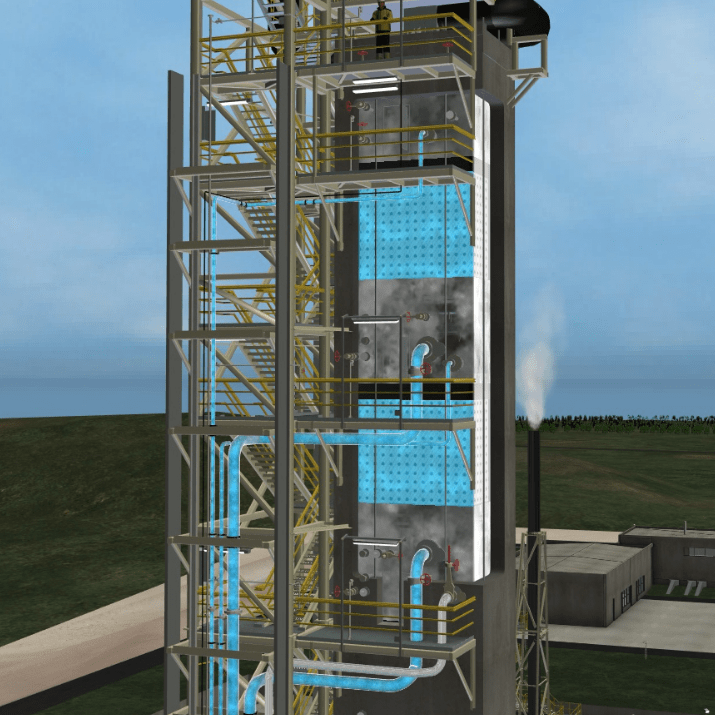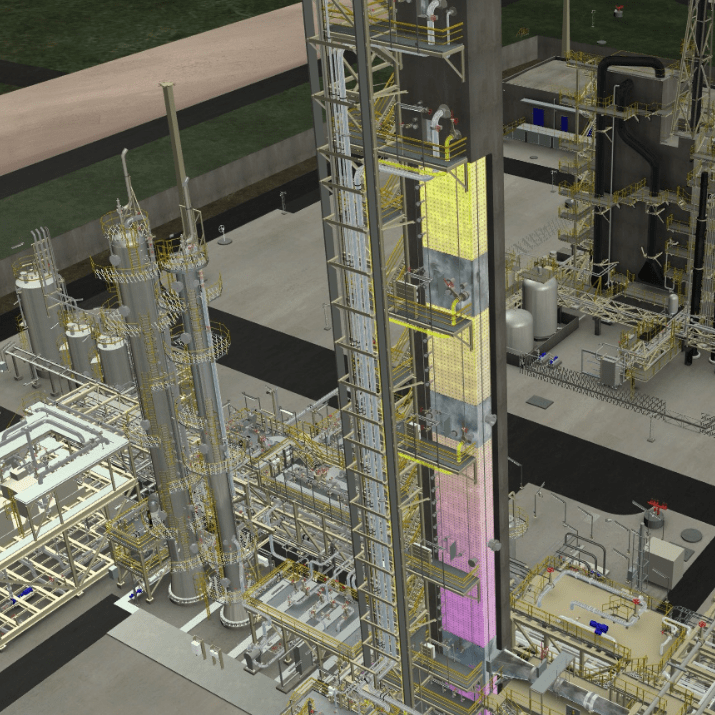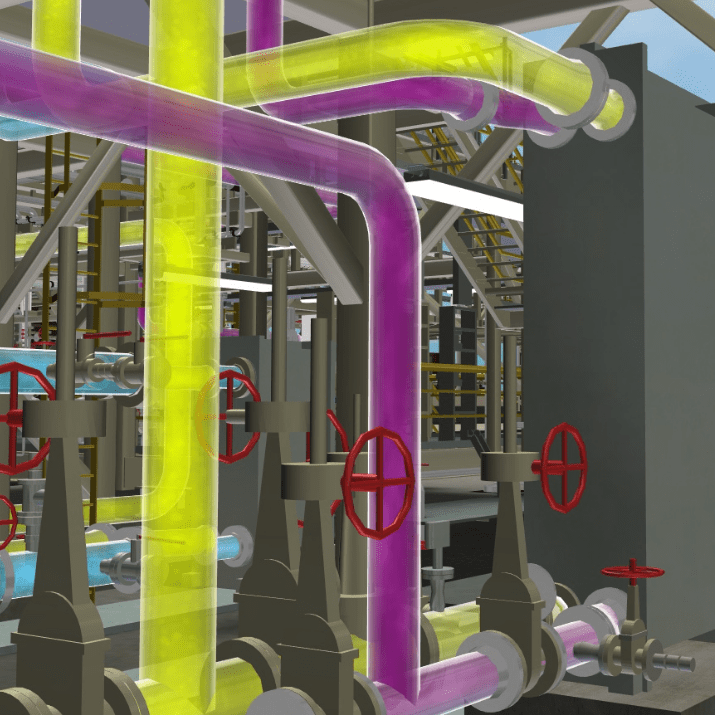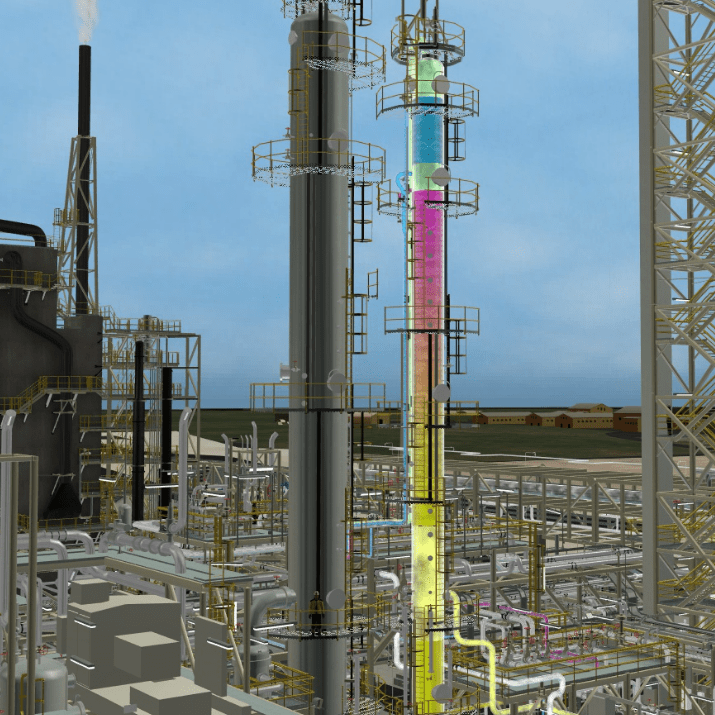We impart knowledge
Our long experience on testing leading commercial technology and recognized research-based technologies, has made TCM a world-leading competence center within CO2.
A world-leading competence center
We share knowledge and experience from research activities with the entire global environment in carbon capture and storage, through publication in renowned scientific journals and presentation at scientific conferences.






